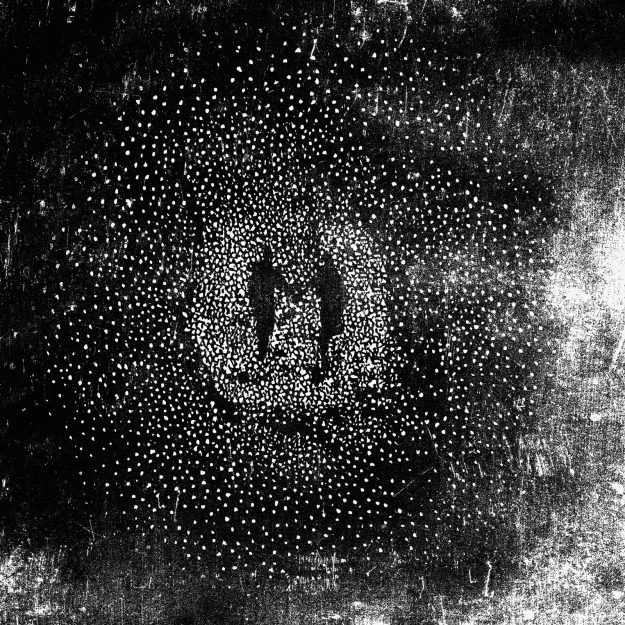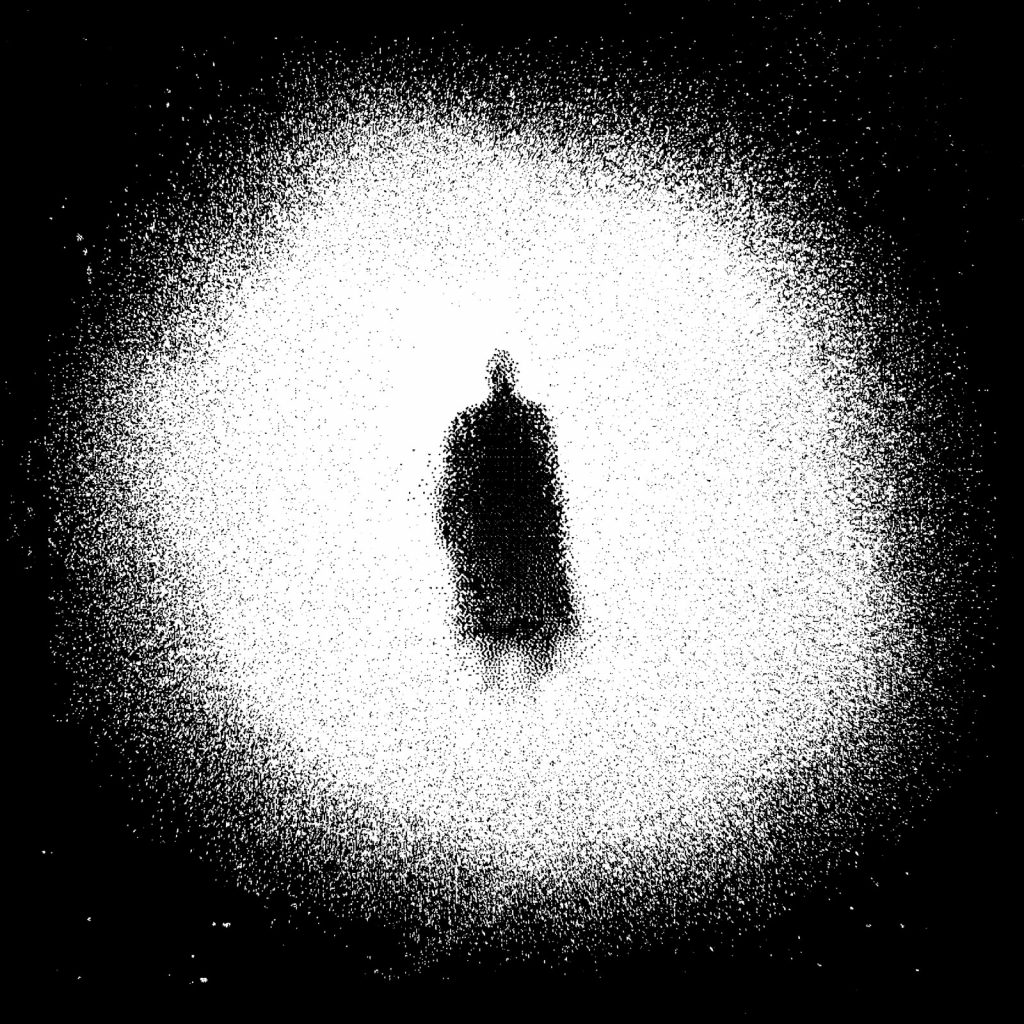Most Buddhists will have heard of the Heart Sutra, the enigmatic scripture chanted every day by millions of people. The brief sutra appears to negate the central doctrines of Buddhism by saying, for example, that there are no four noble truths. A common interpretation of the text is that mere words cannot express the truth about reality, so we don’t expect it to make sense. Recent scholarship offers a new way of seeing the text: rather than denying the existence of form, or the noble truths, the Heart Sutra is describing the results of a meditation practice—the yoga of nonapprehension (an-upalambha-yoga).
This was a prominent approach to meditation in the ancient Perfection of Wisdom (Prajñāpāramitā) texts and seems to have had antecedents in the Pali canon. Whereas many meditation practices make use of our ability to focus our attention, this approach can be thought of as the flip side of that skill. As our attention becomes more focused on an object, other things slip out of our awareness, and we lose track of them. By progressively withdrawing attention, sense experience (which in Buddhism includes cognitive experience) becomes more and more attenuated. It can cease altogether and leave us in a conscious state characterized by the absence of sense experience.
The Perfection of Wisdom sutras, including the Heart Sutra, were concerned with this state, referred to in Sanskrit as śūnyatā (usually translated as “emptiness”). It was only later that Buddhist schools began to view the state of absence of sense experience as a metaphysical principle, a historical development that would have been lost to time if scholars had not revealed a new way—or rather a much older way—of thinking about the Heart Sutra.
For a long time, Buddhists believed that the Heart Sutra was composed in India, in Sanskrit. It was then transmitted to China and translated along with the rest of the Perfection of Wisdom literature.
An article published in 1992 by a leading scholar of early Buddhist translations in Chinese turned this story on its head. Jan Nattier, then a professor at the University of Indiana, concluded from her research that the Heart Sutra was actually composed in Chinese. Nattier showed that the core passage of the Heart Sutra was copied from the 5th-century Chinese translation of the Large Perfection of Wisdom Sutra by the scholar-monk Kumārajīva (344–413 CE). The text was then back-translated into Sanskrit. More recently, I confirmed Nattier’s conclusions by showing that other passages were copied from the same text and that the Sanskrit Heart Sutra contains a distinctive Chinese idiom. Hundreds of similar texts were composed in China, where they are known as “digest texts” (Chin, chāo jīng), but only the Heart Sutra was translated back into Sanskrit. Nattier speculated that the famous 7th-century pilgrim and translator Xuánzàng may have composed the Heart Sutra, which seems plausible in light of recent work on this problem.
As we become concentrated on an object of meditation, we may lose track of the bodily sensations that allow us to locate ourselves in space and time.
In 2014, Matthew Orsborn, now a Lecturer in Buddhist Studies at the University of Oxford Faculty of Oriental Studies, made another important discovery, which hinges on the interpretation of a five-character word—yi wú suŏ dé gù—in the Heart Sutra. Yi wú suŏ dé gù appears in the Sanskrit Heart Sutra as aprāptitvāt, “because there is no attainment.” Orsborn (then writing as Shi Huifeng) compared the Heart Sutra with surviving Sanskrit Perfection of Wisdom texts and found that the original term was anupalambhayogena, or “by means of the yoga of nonapprehension.”
Typically, “because there is no attainment” is presented in the English translation as modifying a new paragraph, as in the Buddhist Text Translation Society’s version:
There is no suffering, no accumulating, no extinction, and no Way, and no understanding and no attaining.
Because nothing is attained, the bodhisattva through reliance on Perfection of Wisdom is unimpeded in his mind.
Orsborn argued that if yi wú suŏ dé gù corresponds to anupalambhayogena, then it should be seen as modifying the negations in the previous paragraph. My research confirms that this was typically how the word was used in Perfection of Wisdom literature. The revised translation should thus read as follows:
. . . there is no suffering, no accumulating, no extinction, and no Way, and no understanding and no attaining, because of practicing the yoga of nonapprehension.
The bodhisattva through reliance on Perfection of Wisdom is unimpeded in his mind. . . .
This means that when the Heart Sutra says “there are no four noble truths” or “there is no form,” for example, these statements are qualified twice—first by “in emptiness,” and second by the statement “through the yoga, or exercise, of nonapprehension.” In this context, in emptiness means in the state of absence in which all sense experience has ceased but the practitioner remains conscious. The state of absence can be attained through a particular practice, namely, the yoga of nonapprehension. So the sutra declares that, if we persist in this practice, we will experience a cessation of sense experience, at which point, for us, there will be no sense experience of any kind.
In other words, the Heart Sutra does not deny the existence of things as such. Rather, it states a truism about having lost ourselves in meditation so that we no longer experience form or self or world. However, this meaning was lost. Comments ostensibly about the absence of sensory experience were seen as referring to the nonexistence of things. And apparently paradoxical statements, such as the denial of essential Buddhist doctrines, were rationalized as reflecting the inadequacies of language to communicate an essential truth about reality.
Of course, to better understand this practice-oriented view, we must first understand the practice in question.

We can think of attention as being like a searchlight in the darkness. Sensory attention illuminates a central element, which is surrounded by a halo of peripheral, more general, unfocused attention. If something is not lit by the spotlight of attention, it does not register as being present, and we can easily lose track of it.
When we focus on our breath, for example, sounds that were prominent fade into the background and we just stop noticing them. Concentration meditation practices aim to keep the object of meditation centered and to zoom in on finer and finer details. Nonapprehension involves using focus to withdraw attention from the periphery and noticing the subsequent absence of qualities.
The attention-withdrawal technique itself is not described in Perfection of Wisdom texts, only the results of it, but there is an example of such a practice in the Pali Cūlasuññata Sutta (MN 121). As we become concentrated on an object of meditation, we may lose track of the bodily sensations that allow us to locate ourselves in space and time. As we focus, we also note such absences. Experientially, as we lose track of spatial awareness, we may feel that we are floating in an endless, dimensionless space. Settled in this state, we may note the absence of disturbance from our physical senses. If we then focus on the presence of endless space, we may begin to notice that without the limits of physicality, the mind seems boundless. We may experience ourselves in purely subjective terms as just our own mind. Again, when settled in this state, we may note the absence of any gross physical sensations, but now the subtle physicality of the internal sensations of spaciousness are also absent. Only mind seems to be present.
As we focus, we may lose track of spatial awareness and feel that we are floating in an endless, dimensionless space.
The sutta tells of further levels through which we can take this process, noting each time the absence of earlier experiential components and the presence of what remains. We lose track of our sense of self—our sense of being someone having an experience in terms of “I, me, mine.” In the final stage, we can even lose track of losing track. The sutta describes attaining a state called suññatā–vihara, “dwelling in absence.” That is, dwelling in the absence of all sense experience or, in Buddhist technical terms, in the absence of conditioned dharmas. In this context, dharmas are the objects of the mind-sense (mano). The fact that they are absent does not mean they are nonexistent. Without attention, experience does not arise even in the presence of a sense object.
Everyday experience is conditioned (Skt., saṃskṛta) because it depends on the presence of conditions, that is, sense objects and our attention to them. The state of absence is not dependent on the presence of any condition but rather is dependent only on the absence of all conditions, which we can achieve simply by withdrawing attention. The state itself is therefore described as being without conditions (Skt., asaṃskṛta).
The Theravada Buddhist teacher and author Bhikkhu Analayo has described a contemporary approach to this style of meditation in his book Compassion and Emptiness in Early Buddhist Meditation. He takes his cues from the Chinese counterpart of the Cūḷasuññata Sutta and has developed his own unique approach to cultivating absence.
R evising the Heart Sutra will not detract from its profound value for Buddhists. In the religion for which “everything changes” is a prominent sentiment and attachment is problematic, mistakes in texts should be admitted and corrected without a fuss. Thich Nhat Hanh, for one, tried in 2014 to correct what he perceived as an error in the Heart Sutra, and although I disagree with his analysis and conclusion, I applaud his courage in admitting that something was wrong with this text. My own research on the text has confirmed many of Jan Nattier’s conclusions, including the Chinese origins of the texts. I also demonstrated, to my own surprise, that there are several mistakes in Edward Conze’s Sanskrit edition of the Heart Sutra, first published in 1948 and revised in 1967.
The revised reading of the Heart Sutra outlined above contributes to demystifying Buddhist meditation. It draws attention away from metaphysical speculation and grounds the practice in the phenomenology of experience, and specifically the cessation of experience. The resulting interpretation is allied to a similar approach that emerged from the work of Dr. Sue Hamilton on Pali suttas. Hamilton, now long retired, pioneered a new approach to reading early Buddhist texts as focused on experience. Connections between the Perfection of Wisdom sutras and texts such as the Cūḷasuññata Sutta help us to see the whole field anew. More than this, they show that the Perfection of Wisdom authors did not set out to confuse us by using contradictions and paradoxes. Seen in the appropriate context, in fact, they set out to write clearly and insightfully about the state of absence of experience and its implications. And they did a remarkably good job of it.
This rediscovered interpretation makes it possible to revive an important approach to Buddhist practice that has been lost to us for centuries; one that seems to hold enormous promise as an adjunct to surviving methods. Using the yoga of nonapprehension, we can systematically cultivate an understanding of what we are used to calling “emptiness” but is better thought of as “absence of sense experience.” By observing the cessation of sense experience and dwelling in its absence, we learn to see through—and ultimately free ourselves from—the attraction and repulsion engendered by it.
The yoga of nonapprehension can be applied in any practice setting. Because it leverages our ability to lose track of things, anyone can use it to access this profound state of absence. Every time we lose track of the object in meditation, we could count that as a successful example of the yoga of nonapprehension.
Thank you for subscribing to Tricycle! As a nonprofit, we depend on readers like you to keep Buddhist teachings and practices widely available.
